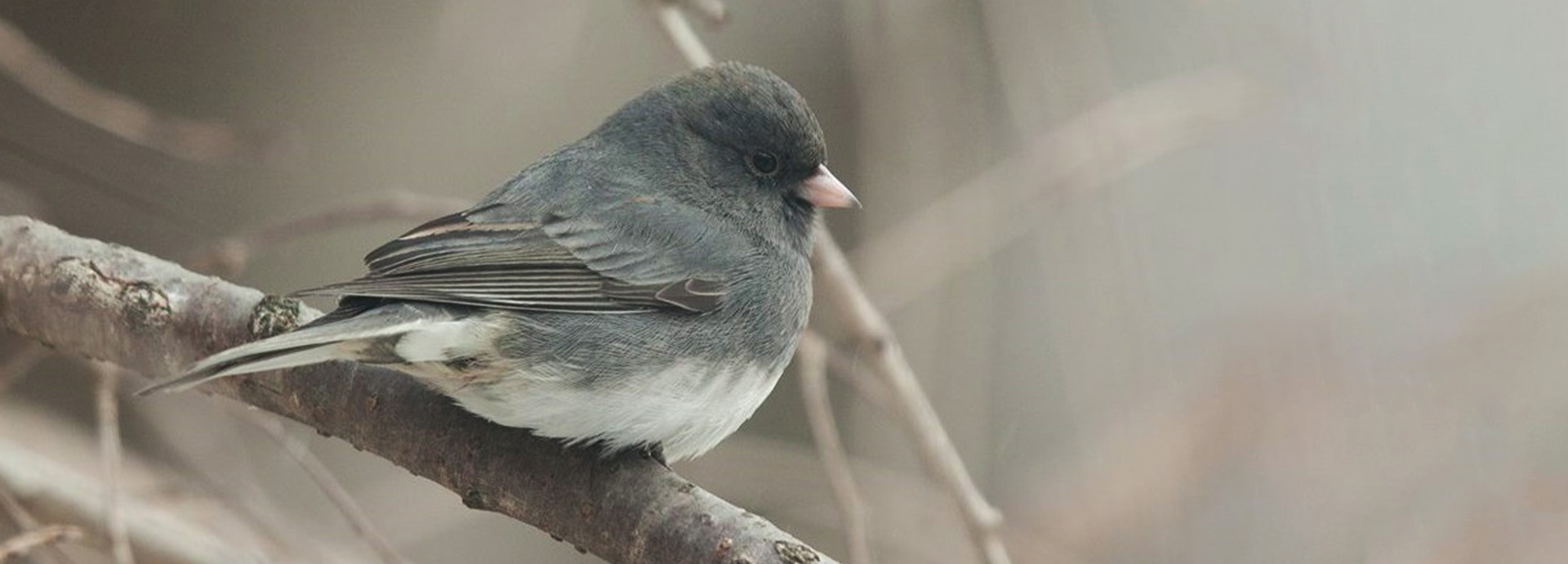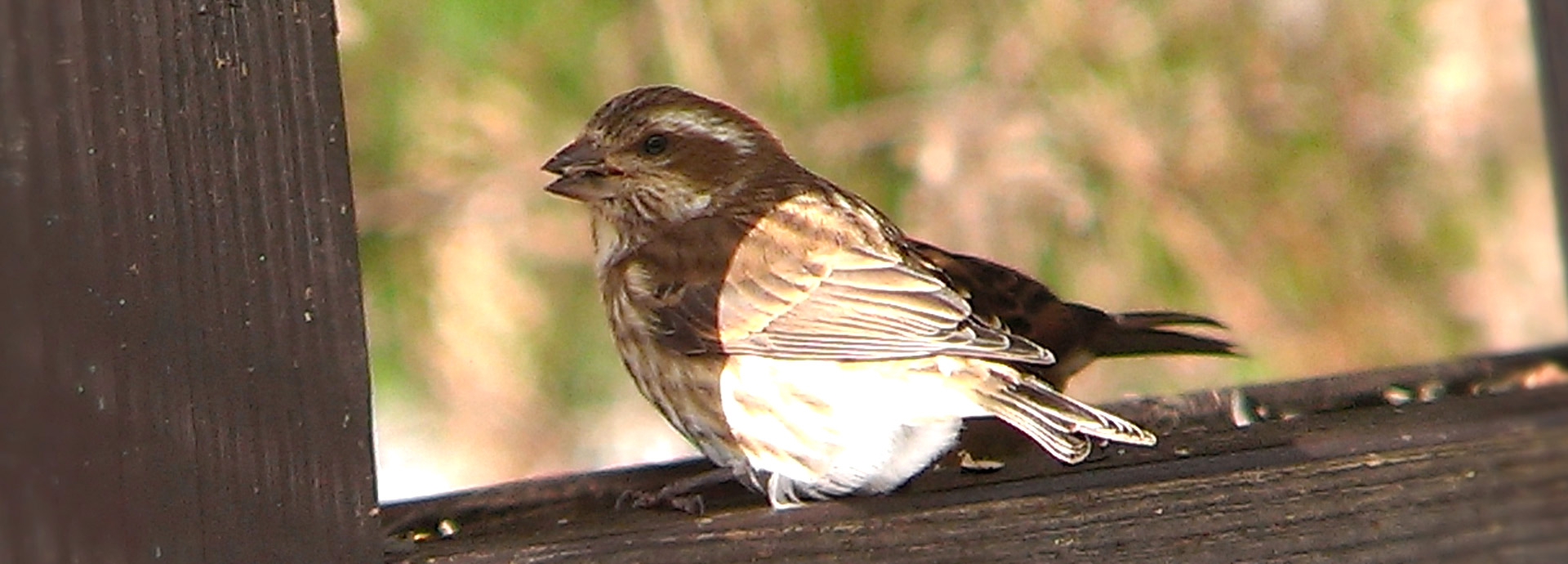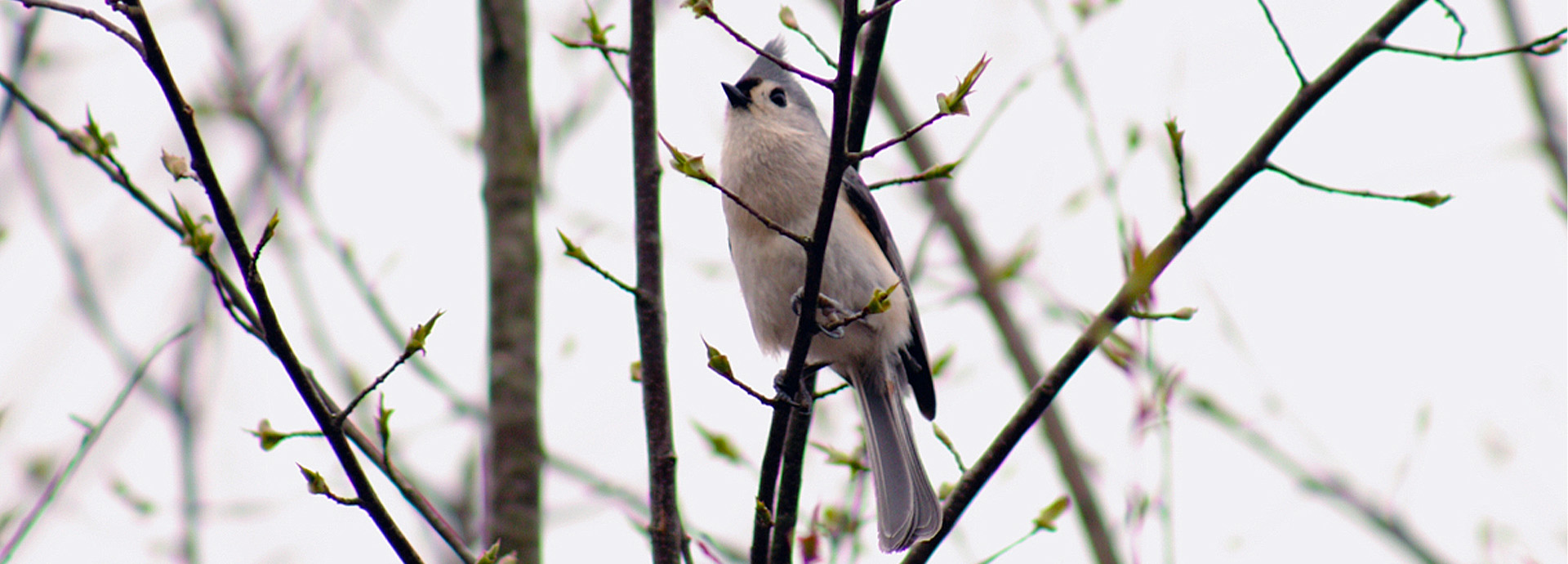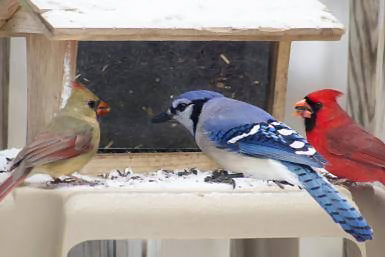
Richland County Park District
Project FeederWatch
Richland County Park District
Project FeederWatch
Richland County Park District
Project FeederWatch
Richland County Park District
Project FeederWatch
Project FeederWatch presents a fantastic opportunity for backyard bird watchers to engage in citizen science by observing and making simple, standardized counts of birds in their backyards. These observations can be input into the FeederWatch database, which is accessible by ornithologists that study feeder bird populations. The data collected via Project FeederWatch contributes directly to ornithologists' understanding of changes in feeder bird distributions and abundances across North America. People of all ages and experience levels can contribute to ornithological research by participating in Project FeederWatch.
Click here to learn more about Project FeederWatch.
The Project FeederWatch season begins every year in November and ends in April, coinciding with when winter feeder-bird densities are at their peak. The data collected through Project FeederWatch contributes to the understanding of population trends and assists ornithologists understanding of the dynamics of fluctuating populations. This data is important because short term population declines may not necessarily indicate a true species decline; in fact, these trends may actually reflect short-term weather changes or variations in food source availability and abundance. Collecting data for an extended period of time over the course of decades is the only way to show true population trends.
The Richland County Park District is proud to have joined the Project FeederWatch community in 2019 and be able to contribute data to the understanding of our local winter feeder-bird populations. While you visit Gorman Nature Center, make sure to stop by our bird feeder observation area and contribute to Project FeederWatch by recording your observations! Prior to tallying your results, please read the Project FeederWatch guidelines for observing and recording your data or check with RCPD staff, interns, or volunteers.
Quick Instructions
Select your count site: Choose a portion of your yard that is easy to monitor, typically an area that is visible from inside your home.
1. Choose count days: Select no more than two consecutive days as often as once a week. Counts must be at least five days apart.
2. How to count: Record the maximum number of each species that you see simultaneously during your two-day count. Do not add your counts together!
3. What to count:
1. All of the individuals of each species in view at any one time.
2. Birds attracted to food or water you provided.
3. Birds attracted to fruits or ornamental plantings.
4. Hawks and other predatory birds that are attracted by the birds at your feeders.
5. Do not count birds that fly over the count site
6. Do not count birds seen on non-count days
4. Report your counts: Submit your data to Project FeederWatch at feederwatch.org.
Check here for complete and detailed instructions for Project FeederWatch.
Join the Project FeederWatch community.


